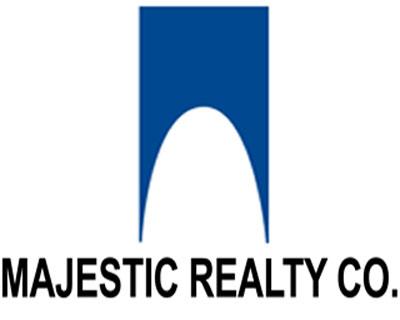News | PSR Students Tour The Boring Company
Stop the VideoNews

by By Parama Ghosh Roy, USC Price School, MPL 2018
On February 23rd, 2018, students from USC and UCLA were the first in the history of The Boring Company to view the company’s private and heavily guarded test site in Hawthorne, California. The Boring Company is an infrastructure and tunnel construction company founded by entrepreneur Elon Musk in 2016, and ours was their first student tour. The company’s vision is to establish an underground tunnel network that they claim would alleviate traffic and reduce commute times considerably.
Upon arrival, we were welcomed by Jehn Balajadia, Operation Coordinator for The Boring Company, who gave us a detailed overview of the ongoing tunnel construction at the site. In February, 2017, she shared, the company started digging a 30 foot wide testing trench below their Hawthorne office after the city gave them a Class 32 exemption under the California Environmental Quality Act (CEQA). The tunneling is done entirely by what they term the Tunnel Boring Machine (TBM), an advanced digging machine developed by their in-house technological team.
Tunneling cost at present is close to $1billion per mile, which is quite high and needs to be reduced significantly in the future to make tunnel projects cost effective. Balajadia noted that The Boring Company is now developing technologies that would increase the power of the TBM and, with this new technology, their team is confident they will reduce the cost by a factor of 10. Something I found particularly interesting was the smart use of the tunneled-out dirt to make compressed cinder blocks, which were then reused at the site for useful structures such as seating, already used by workers, and per Balajadia. Though we didn’t get into detailed cost analysis, she noted that the cinder blocks could offset and potentially support the expense of the tunneling. Other than cinder blocks, The Boring Company also makes their own tunnel segments onsite. We were able to view the segments, which I found to be quite unique in terms of their design and ability to resist seismic shocks.
The Boring Company is still in its early stages of station design, however, in any design, the station size itself won’t exceed the size of a single parking space. This small size would allow flexibility in station location, which means stations could be placed at various and multiple locations based on demand. The mass transit pods will be able to carry a maximum of 16 people and would run directly from point A to point B with no stops in between. The pods will be running on zero emission electric skates, operating at a speed of 150 miles/hour, and completely autonomous.
The electric skates would also offer riders the option of travelling in their own personal car. In that scenario, one would be required to fix their car to the electric skates and pay a much higher fare compared to the mass transit pod. The Boring Company plans to keeping mass transit pod fares comparable those of public transit, but not compete with existing transit. The focus would be on designing routes that complement, rather than compete with, existing transit infrastructure.
Balajadia saved significant time for a Q&A session with the students. We discussed at length the impact the system would have on land-use and how communities could benefit from this project. We also explored how the system could transform public spaces and the future role of streets. Balajadia also talked a bit about their 6.5 mile project from Westwood to Inglewood, which brought in further questions about politics, legislation, and community outreach. Overall, we had a very informative discussion and I personally learned a lot out of this experience. I appreciated this opportunity to tour one of the most trending companies in the world, and I am extremely grateful to METRANS PSR for arranging this tour.

PSR Students outside the Boring Company Site
About the Author
Parama Ghosh Roy is a second-year Master of Planning student at the USC Price School of Public Policy. She is currently an Intern at Steer Davies Gleave, a transportation consulting company, working mainly on transportation demand management. She is passionate about transit and active transportation, and in her spare time, enjoys reading and exploring new places. She can reached at [email protected]
News Archive
- December (1)
- November (6)
- October (4)
- September (2)
- August (3)
- July (4)
- June (3)
- May (7)
- April (8)
- March (11)
- February (8)
- January (7)
- December (7)
- November (8)
- October (11)
- September (11)
- August (4)
- July (10)
- June (9)
- May (2)
- April (12)
- March (8)
- February (7)
- January (11)
- December (11)
- November (5)
- October (16)
- September (7)
- August (5)
- July (13)
- June (5)
- May (5)
- April (7)
- March (5)
- February (3)
- January (4)
- December (4)
- November (5)
- October (5)
- September (4)
- August (4)
- July (6)
- June (8)
- May (4)
- April (6)
- March (6)
- February (7)
- January (7)
- December (8)
- November (8)
- October (8)
- September (15)
- August (5)
- July (6)
- June (7)
- May (5)
- April (8)
- March (7)
- February (10)
- January (12)















